Accelerated Guide to Social Ad Targeting

There's no denying the fact that social media consumption makes up a large percentage of people's day; and much of that time is spent on the top three social networks: Facebook, Twitter and LinkedIn (ranked by unique monthly visitors).
With incredible audience sizes and increased pressure from stakeholders to improve profits, many networks are pushing business users to advertise on their networks - either by changing their algorithms to minimize organic reach or by simply making their offerings too good to ignore. One of these offerings is how incredibly targeted social network's advertising options have become for anyone managing a Page. The following is an accelerated guide to understanding and getting started with social ad targeting across the top three networks.
Facebook is a marketing hub complete with the numbers and tools professionals need to reach a targeted audience and measure the results. For those looking to advertise, there are plenty of options. For example, marketers can boost one of their posts to extend its reach, get more people to engage with it and ultimately (and hopefully) increase website traffic if a link is attached to the post. What's more, if a source-rich URL is included (like those built through Google Analytics), marketers can now track the success of the campaign based on pre-established goals like email sign-up or whitepaper download. Those who have yet to check out Facebook's ad targeting options may be surprised to know how granular targeting can actually be, such as by age, interests, location and even those who have or have not liked the Page or those who have liked a competitor's Page.
Let's boost a post. To start, marketers should go to Facebook Insights to see who their target demographic is. Unless there is an initiative to broaden the demographic, stick with the target demographic who is known to be the most receptive of the brand, product or service. In the example below, the primary demographic is men aged 25-34.
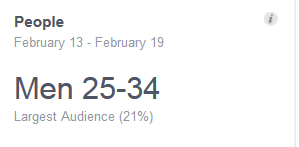
Knowing this, let's boost the post to this gender and age group and to those who live within 10 miles of Chicago and have shown interest in topics relevant to the post.
What companies of all sizes will like about targeting audiences on Facebook is the network's budget flexibility. Here's what a company targeting the aforementioned audience will get for $1 a day for three days:
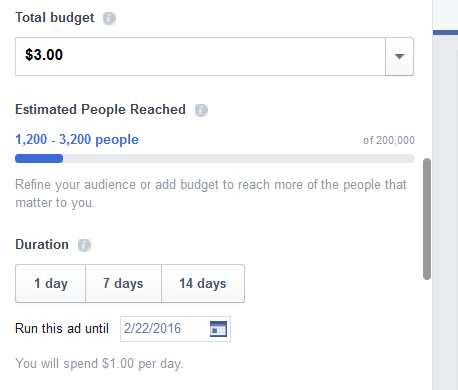
With the $3 budget and the audience set, the post now has the potential to reach 1,200-3,200 very targeted leads. Here's what $7.14 a day (maximum $100) will get a marketer targeting males, 25-34, within 10 miles of Chicago and with similar interests:
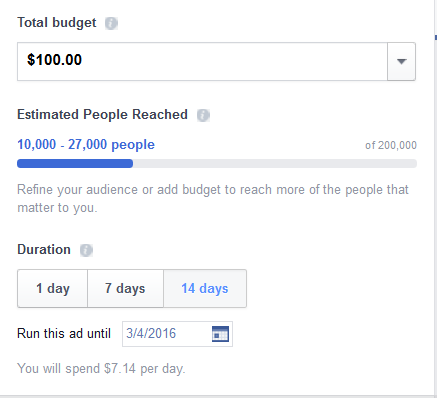
It should be noted that marketers will get more for their advertising spend the more targeted they get with their audiences. Sending an ad to all males in Chicago, for example, will be expensive and most likely not worth it, so get granular to get results.
While this example is specifically for boosting a post and driving more traffic to the article, there are many other advertising options that Facebook will walk a user through, such as whether the goal is to increase clicks, get phone calls, download apps or other initiatives. From there, targeting options abound.
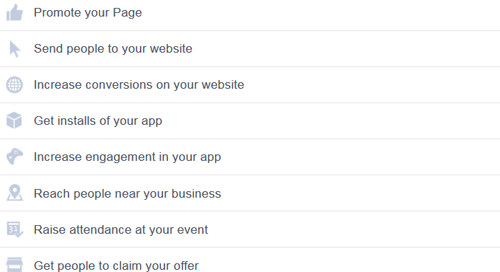
Twitter's ad targeting options are very similar to Facebook in that the network asks the advertiser for the goals and walks them through the rest.
Let's raise attendance for an event (in this case a webinar). We'll want to start by creating a source-rich URL in Google Analytics (GA) to track the results to either compare with Twitter's data or complement their information. By entering the website address, the campaign source, the campaign medium, the campaign name and other identifying info, marketers will be able to establish whether that link contributed positively to their pre-set GA goals (such as event registration). This will help a social media manager prove the initiative's ROI. In this case "Twitter" can be updated for "Facebook" or another network and the URL can be modified while still falling under the "Webinar-social" campaign (see image) to be able to access results quickly within GA.
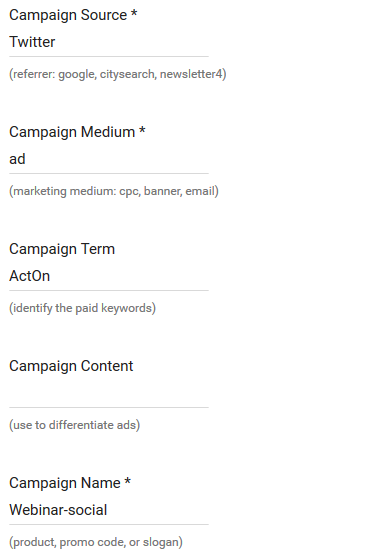
Armed with the tracking URL, marketers will use this for the ad. Similar to Facebook, Twitter's ad targeting options allow for audience features like age, gender, location and interests, as well as by device or carrier. What's particularly useful about Twitter is its events targeting. As many professionals know, conference attendees take to the network before, during and after shows to express excitement, share content and more. To boost one's own event registration, they can target those who have shown interest in similar events.
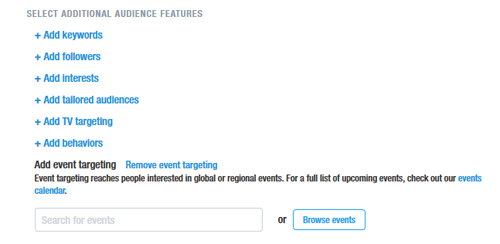
Twitter will advise the advertiser about targeting ranges and whether they should be more or less targeted for greater impact.
While no network out of this group really out-targets the other (although Facebook has the best user interface), LinkedIn users may feel more comfortable doing business targeting here because people are expecting it. Similar to Facebook and Twitter, LinkedIn offers a self-serve platform allowing advertisers to select their audiences and goals with ease. Some targeting options on LinkedIn include job title, industry, company size and even seniority.
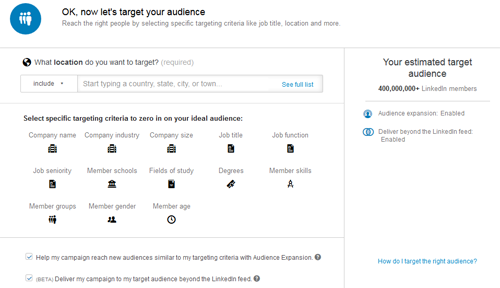
While it's a feature that's still in beta, it should be noted that LinkedIn is experimenting with its advertisers' campaigns by showcasing them to targeted audiences off the network (e.g. with approved publishers). Advertisers must opt-in to receive this option.
Time to Target
Regardless of which network, or combination of networks, one chooses, getting started with social media advertising is the right choice. With low costs, easy entry and hypertargeted audience options, it's a no brainer for those wanting to promote a page, an event, an app or any other campaign - just be sure to track the results and adjust as needed.

Subscribe to Our Newsletter!
Latest in Social Media










